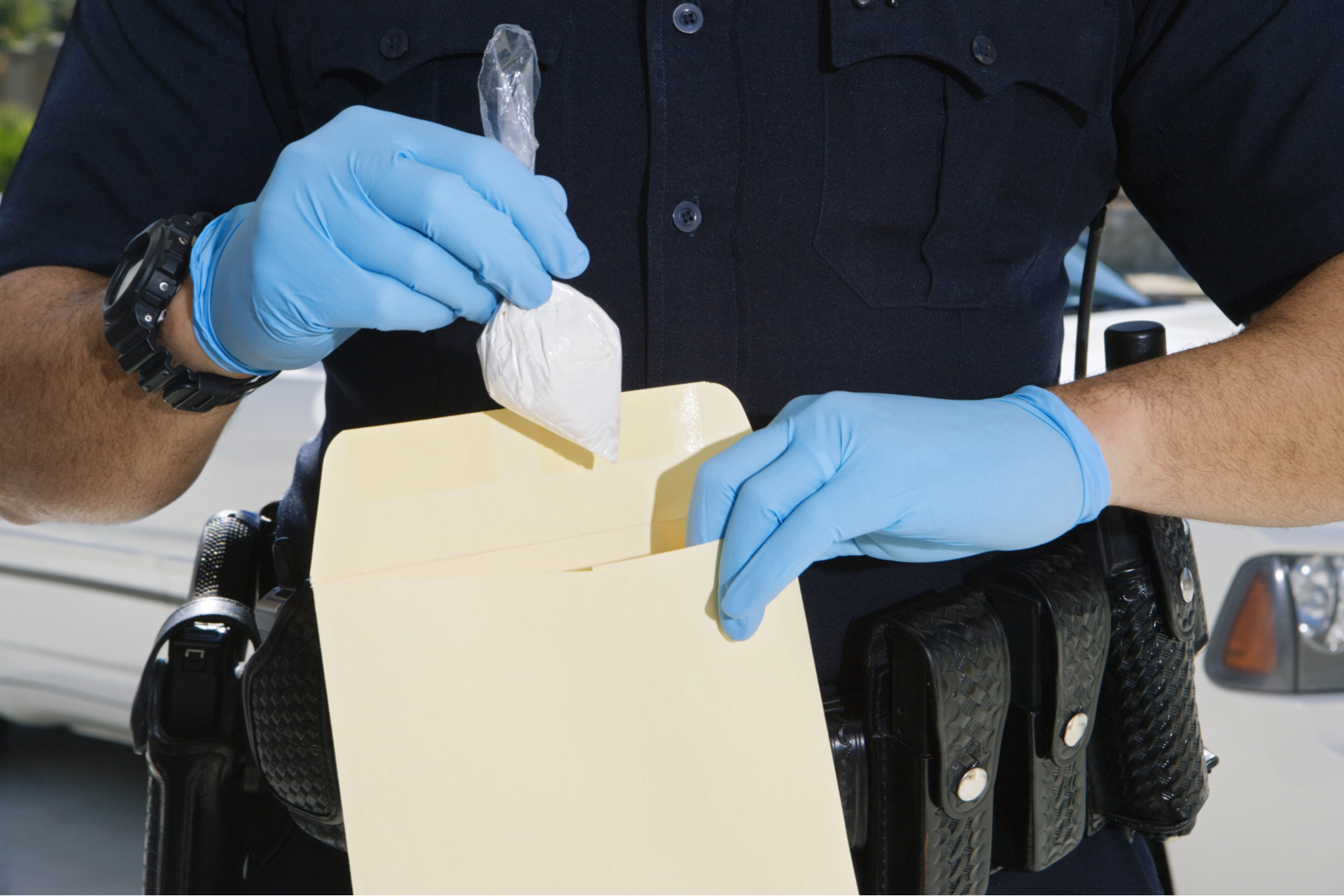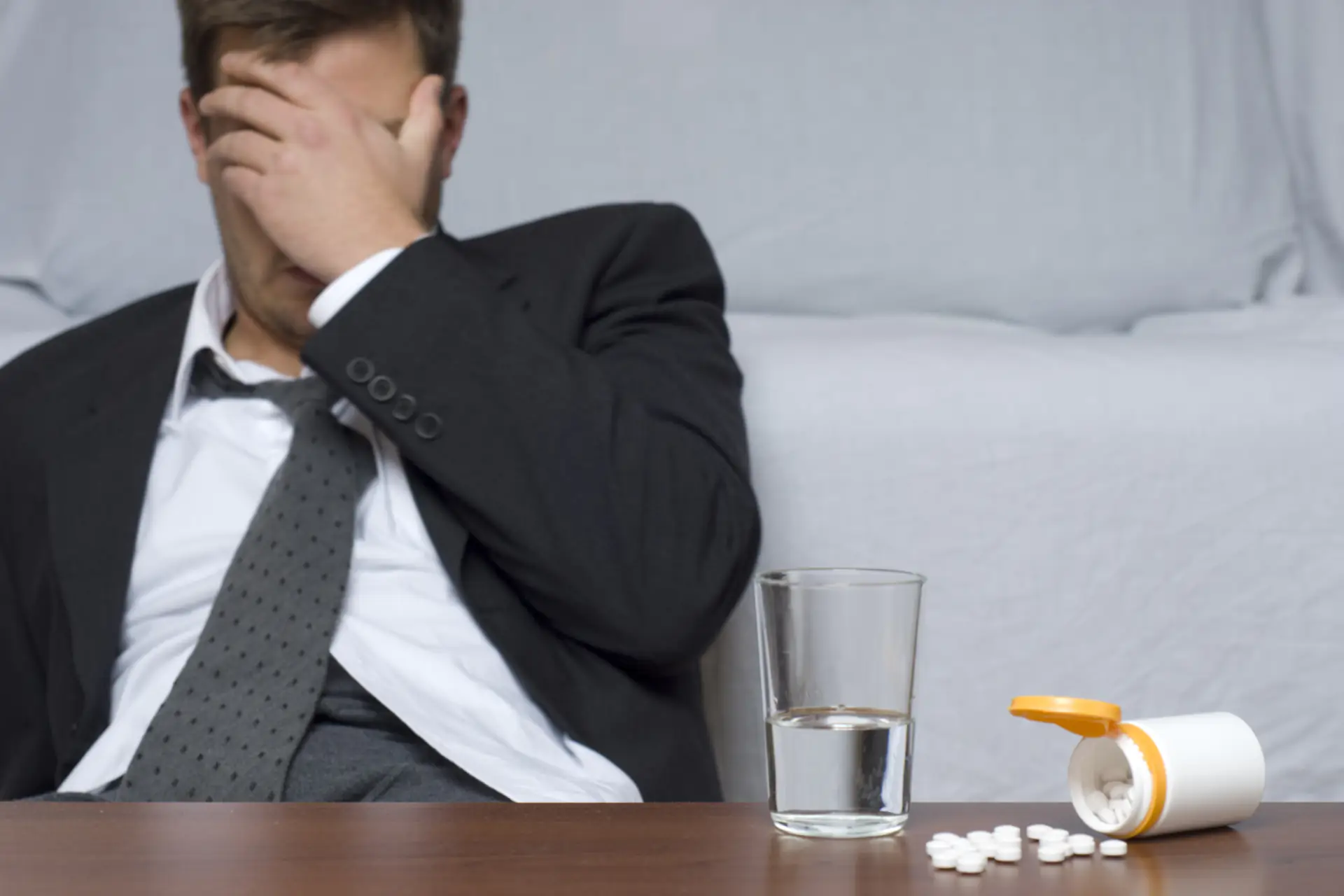Before the first Covid-19 cases were recorded in the Chinese city of Wuhan, the US was already in the midst of an epidemic: drug abuse. A record-breaking 71,000 overdose deaths were recorded in 2019, and this year’s count is set to be higher. Back in October, The Associated Press analysed the most recent overdose death counts from nine states, as well as national data on emergency responses. Its findings were not positive.
The states included in the report were Colorado, Connecticut, Kentucky, Massachusetts, Missouri, New Jersey, Rhode Island, Texas and Washington; all of which have recorded an increase in overdose deaths compared to the same period in 2019. With a rise of more than 30% by the end of August, Kentucky stood out as the hardest hit state.
Before we discuss if and how police efforts have been affected by the coronavirus pandemic, and what kind of assistance departments have received from the federal government, let’s have a look at the situation of drug abuse during recent months.
A by-product of the pandemic
In the wake of the first lockdowns, several reports of a sharp resurgence in opioid use emerged throughout the country. As a result of social distancing, access to drug abuse treatment has been limited to varying degrees since March, and additional stress factors have also made it more difficult for addicts and other vulnerable people to stay clean. The mix of widespread unemployment and the impact of isolation on mental health has even been described as a ‘perfect storm’.
According to a study conducted in mid-August by the Centers for Disease Control & Prevention (CDC), reports of anxiety disorder symptoms increased threefold in the second quarter of the year in relation to the same period in 2019. Among respondents, depressive disorder is now four times higher with 24.4% now suffering from it, compared to just 6.5% last year, and 13% starting or increasing substance abuse in the months leading up to the survey.

Aiming to find why exactly the consumption of drugs and alcohol was on the rise, and which substances were the most common, Recovery Village Drug & Alcohol Rehab carried out another survey during the summer. Of those polled, 53% turned to alcohol and drugs to cope with stress, 39% to reduce boredom, and 32% to cope with mental health symptoms. Alcohol consumption was at 88%, marijuana at 37%, prescription opioids at 15%, benzodiazepines at 11%, and cocaine at 9%.
Police under pressure
Police efforts to combat the manufacturing and distribution of illicit substances have been badly affected by the coronavirus pandemic, mainly in terms of personnel and funding. But to help both local and federal law enforcement agencies in the implementation of drug interception and opioid response programs, the federal government has rolled out a number of grant programs aimed at providing an additional funding source for departments.

One of these is the Comprehensive Opioid, Stimulant, and Substance Abuse Program (COSSAP), developed as part of the Comprehensive Addiction and Recovery Act (CARA) legislation. This grant program, from the Bureau of Justice Assistance (BJA), provides financial and technical resources for the development, implementation and expansion of efforts to identify and respond to drug distribution and consumption.
Additional support has been provided by the Department of Justice’s Office of Community Oriented Policing Services (COPS Office) which, in late June, allocated $42 million to support state-level law enforcement agencies. According to the official press release, special focus was placed upon the manufacturing and distribution of methamphetamine, heroin, fentanyl, carfentanil and prescription opioids.
A second surge on the horizon?
With several states imposing renewed restrictions in the run up to Christmas, concerns about the impact of yet another lockdown on drug use have emerged. While it is still too early to tell what drug consumption will look like during the holidays, it is certain that police departments, who are already tasked with enforcing social distancing restrictions, have tough days ahead.

